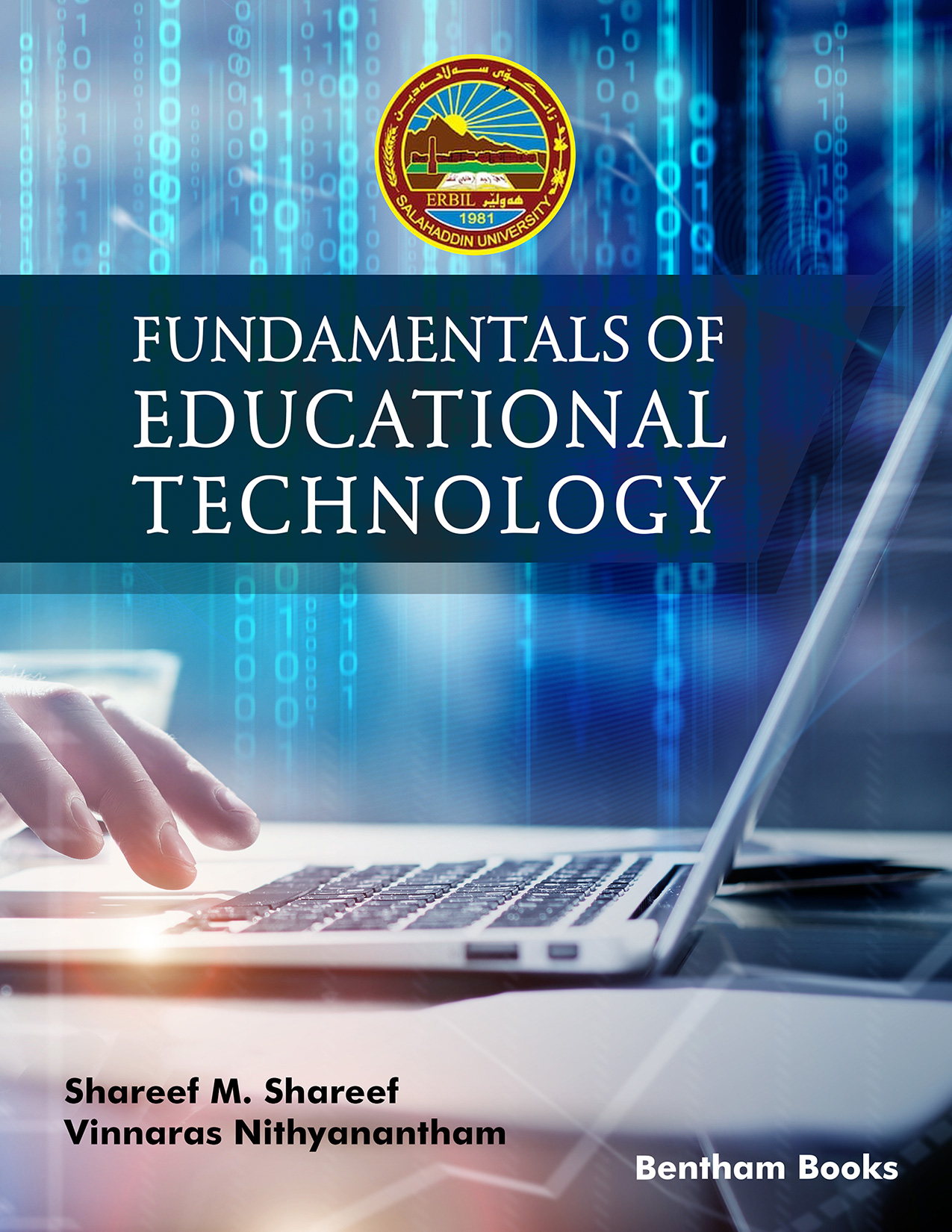Over the years, due to the pandemic situation, the teaching/learning process in all educational institutions has undergone tremendous revolutions. Technology in education, referred to as educational technology has been defined in different ways, by different authors. But it means just the preparation and use of electronic, e-apps, and audio-visual aids which are used in the teaching and learning process. To others, it includes the planning, organization validation, evaluation, and implementation of all kinds of educational programmers. Yet to others, it means the selection of appropriate media, the development, and application of curricula, etc.
Apart from the traditional chalkboard approach, teachers have always tried to develop others, and perhaps easier means of transmitting vital information to learners, from time immemorial. Right from the medieval days, diagrams made on walls and floors, sticks, pebbles, objects, models, graphs, charts, displays, etc., have continued to play prominent roles in the efforts of the teacher to improve the teaching/learning process.
Technology is the result of man’s efforts to do things more efficiently. Technology in education, therefore, involves all the efforts made by individuals who function or wish to function very effectively in the profession of teaching to develop ideas, materials, equipment, and other resources necessary to enhance efficiency in education and training. Modern technology has provided equipment that combines audio and visual effects, and research has proved that these equipment are better suited to teaching and learning than anything else. This is factual because learners understand more about subject matters when they see and hear about them simultaneously.
Across the world, computers are now taking over many operations usually performed by human beings. The role of computers in education and training cannot, therefore, be over-emphasized. Instructional computers of all shapes and sizes are now permanent features in many educational institutions in many parts of the world.
This work illustrates some of the facts necessary to keep teachers and students abreast of what educational technology and modern e-apps are, and some of the various materials, which are used to enhance efficiency in the teaching/learning process. Relevant diagrams are made available where necessary for simplicity and clarity in the understanding of the details.
The book has six chapters, and each is devoted exclusively to a facet of Educational Technology. Chapter 1 deals with the historical background and definition of Educational Technology highlighting the contributions made by several experts. Chapter 2 deals with Blended learning. Chapter 3 deals with Teaching and learning with Digital Tools and software.
Which one gives more information about modern technology in the teaching-learning process? Chapter 4 deals with technology and media in education. Chapter 5 deals with the teaching machines and aids and the last Chapter deals with Legal and ethical issues in Educational Technology and the bits of information in it are presented in small segments (frames) to enhance better understanding.
Robinson Paulmony
Lecturer in English
Department of Accounting and Finance
Lebanese French University, Erbil
Kurdistan Region of Iraq

